Building a better normal has been on the minds of many people who are trying to survive the widespread disruption. But how do we really build a more resilient future? We have been equating growth with success, but can we thrive while not expanding the economy?
The idea of biomimetic design—using nature as a teacher—can help us create an adaptive and resilient infrastructure. Generally economic systems of cities and societies have an imbalance of inputs (energy/resources) and outputs (waste). But with natural systems, which are cyclical or circular, nature imposes limits on growth depending on the capacity of its regenerative systems. Waste is the resource of other elements in the ecosystem.
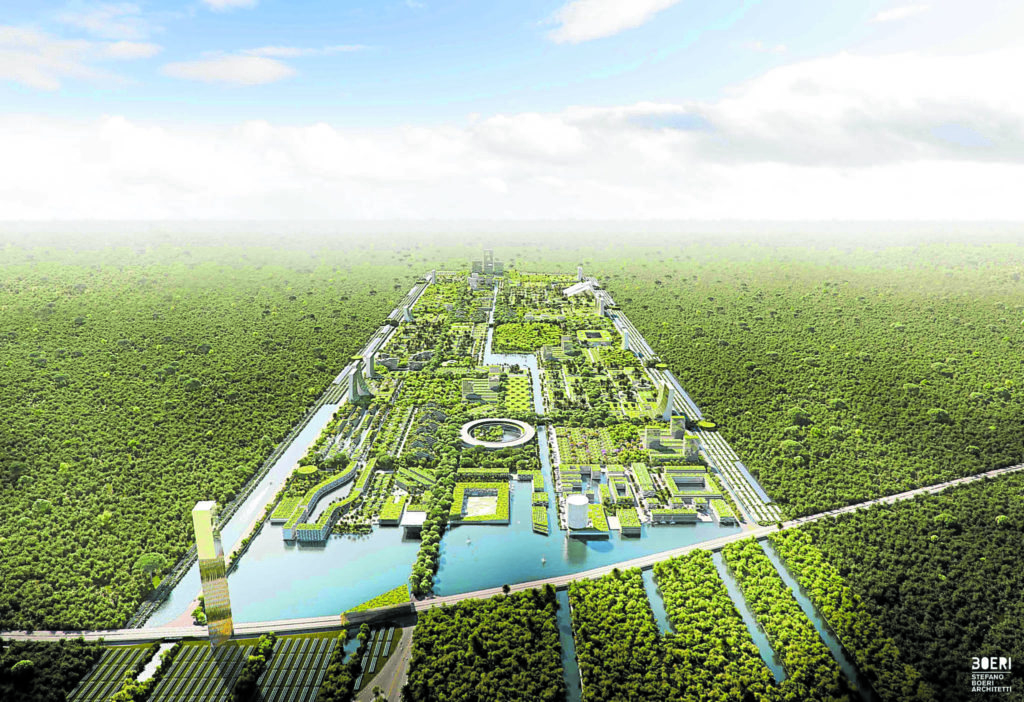
The way things are now, nutrients, energy and resources are consumed far from their origin, at rates beyond what can be replenished naturally. And waste is disposed in areas far from their source, at volumes that cannot be assimilated by natural means. The absence of feedback loops creates imbalance, more consumption, waste generation, carbon emission and pollution.
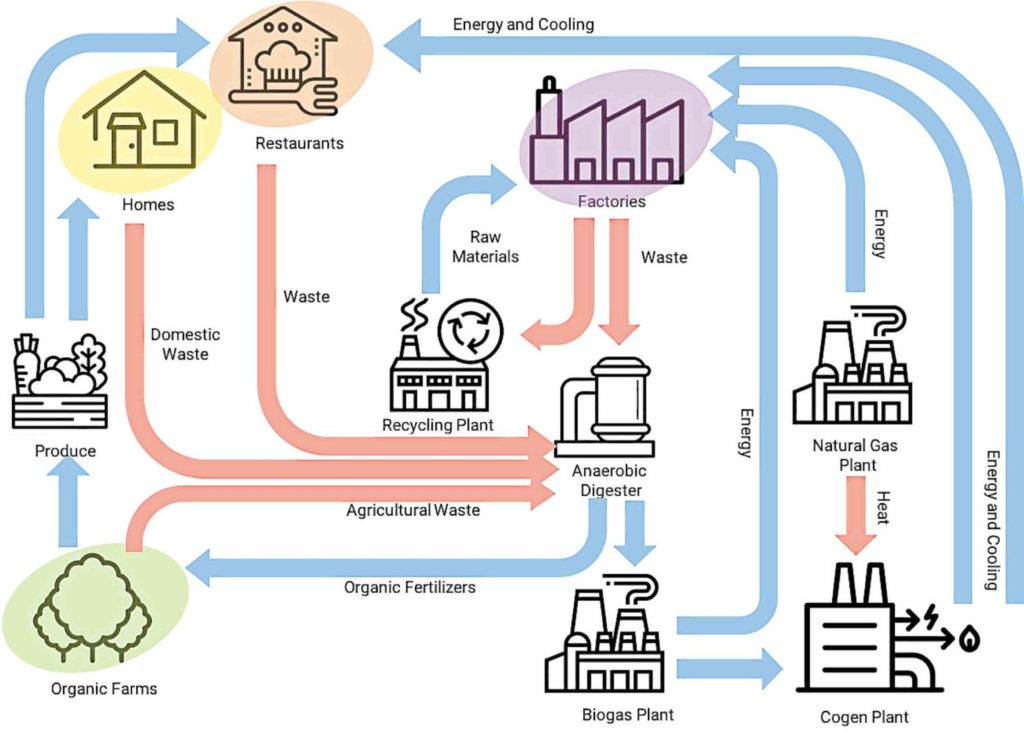
Natural systems use locally available resources and produce materials for others in the ecosystem that can be used in a continuous circular loop. The objective of natural ecosystems is not to grow, but to thrive as a whole.
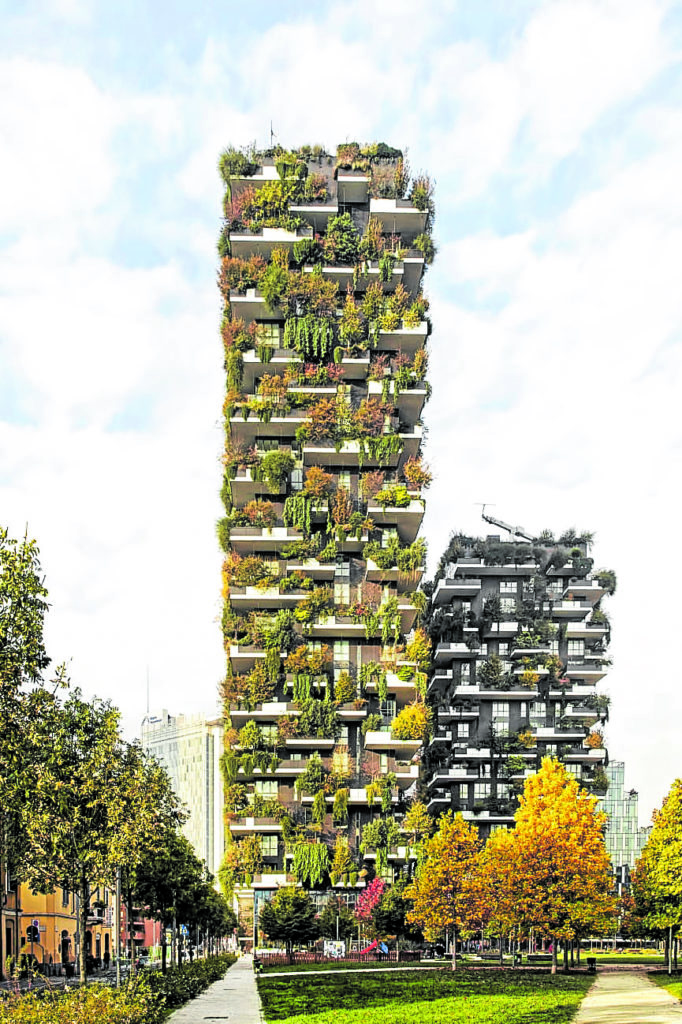
Biomimetic design is a tool to solve sustainability problems. Designers can work towards building more purposeful structures that require less material and are net producers of energy and nutrients. Taking inspiration from the local ecosystem a generation of buildings that function like trees, and cities that function like forests is possible.
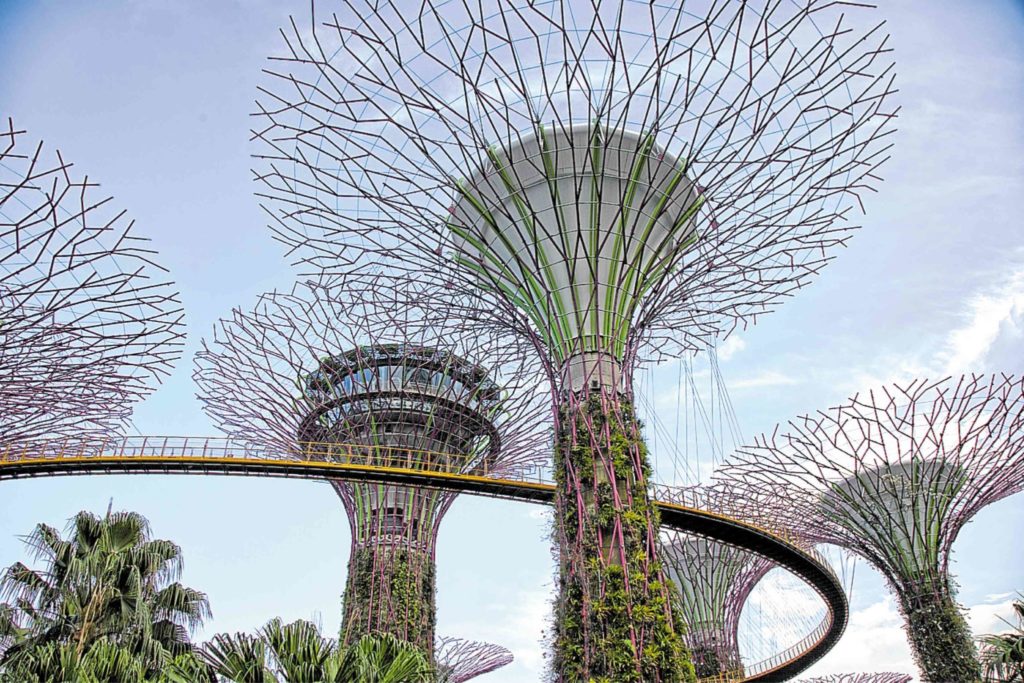
Pioneers of nature-inspired design, such as Janine Benyus (Biomimicry), and Michael Braungart and Michael McDonough (Cradle to Cradle), have spawned a generation of product designers, planners, and architects that pay attention to circular ecology.
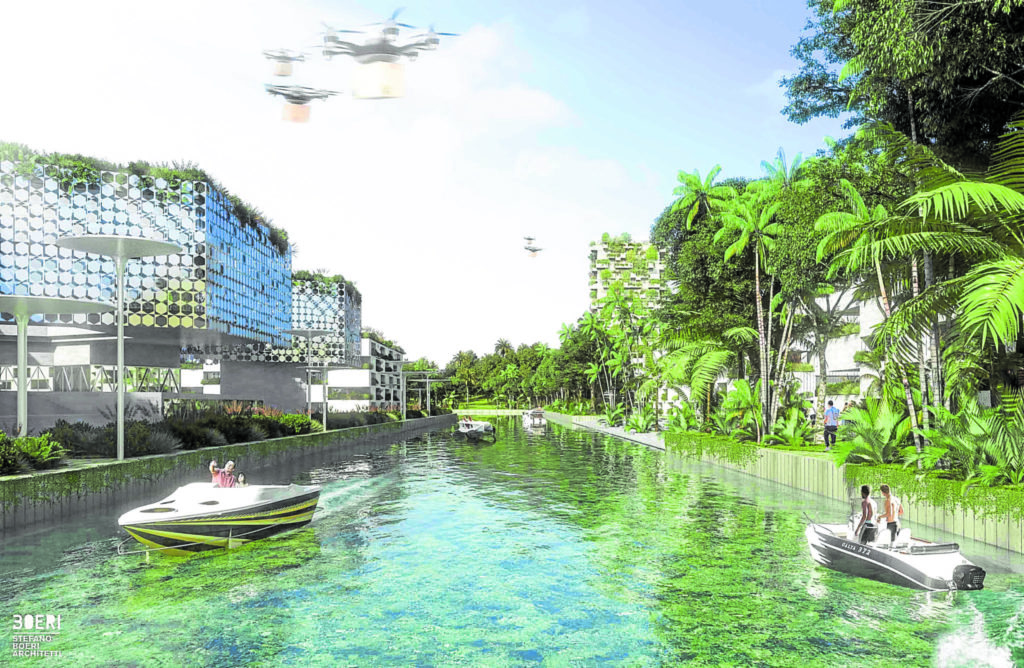
Janine Benyus’ vision captures the goal of biocities succinctly: “Rooftops that grow food, gather the sun’s energy, and welcome wildlife. Pavements that absorb storm water then slowly release it into the aquifers. Buildings that sequester carbon dioxide, cleanse the air, treat their own wastewater, and turn sewage back into rich soil nutrients. All connected in an infrastructural web that is woven through with wildlife corridors and urban agriculture.” These ideas look beyond sustainability and see the built environment as optimal, enriching, life-giving, and as generous as the natural environment that allows all to thrive.

Thank you Kelly share this!! Is the direction needed! Also wastes of old phones etc technicals how to transform rather than fingers plying apart from far flung poor areas!?!